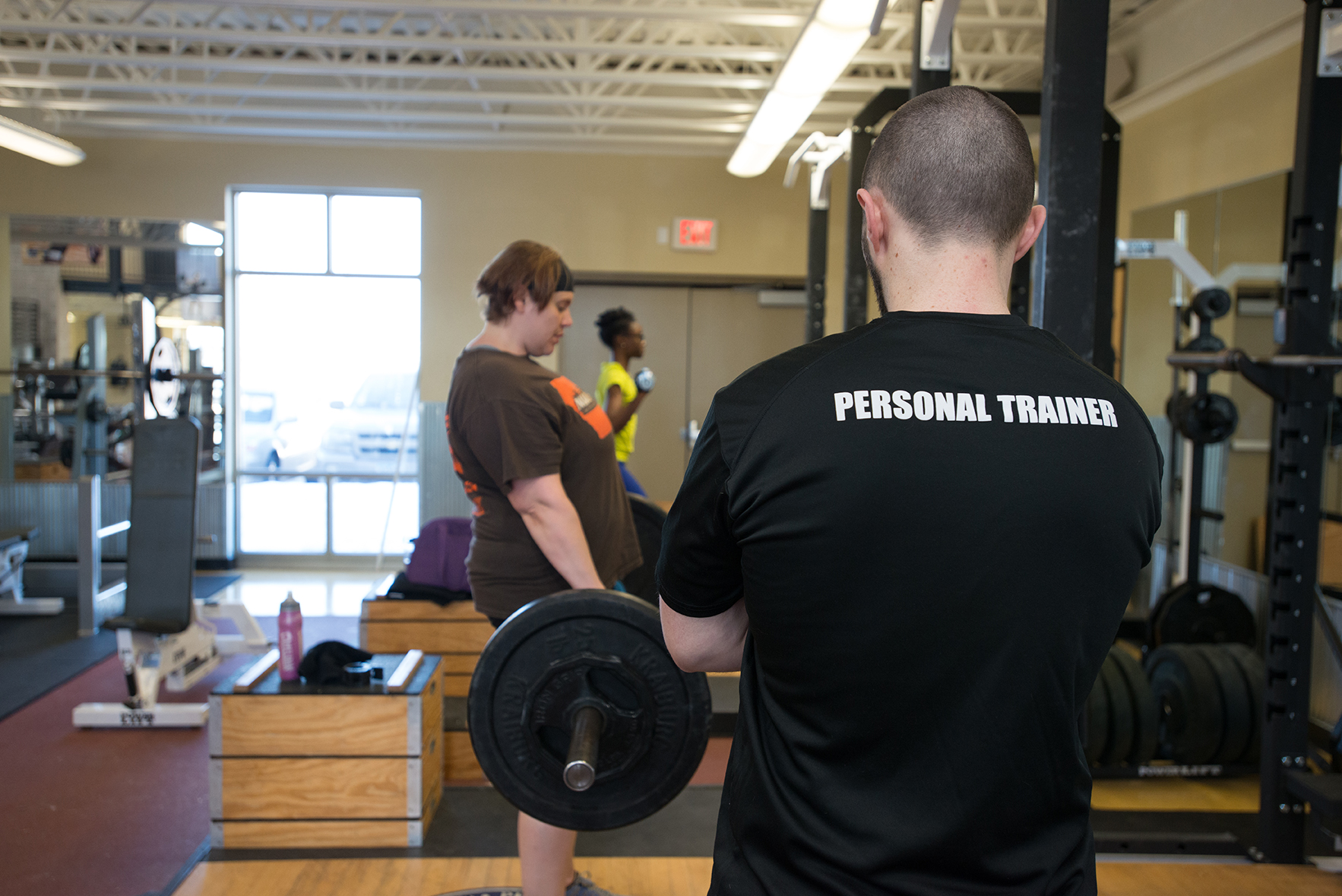These days, we like things to be instant. Coffee, access to information, movie rentals. We prep a meal in a few minutes and seconds later, inform everyone we have ever met about that meal. For some of these things, instant is fine. Yet, no matter how streamlined our lives become, some aspects will always seem to be stuck in slow motion. Gains in strength, weight loss and general fitness fall into this category. They require lots of time, as well as lots of effort. Promises of quick results comes with a hefty list of side effects, has fleeting results or is completely bogus and ends up wasting MORE time, effort and money.
This is not to say we must spend hours on end working towards our fitness goals. With proper programming, you can get a great, buttkicking workout in less than 30 minutes. What I am talking about is actual progress. Real results. Something that people notice and comment on. Most importantly, something that YOU notice and feel good about.
This is where the real trouble arises. People come to a gym and want results by the end of their maiden voyage in the weight room or gym. Unfortunately, it takes a bit more consistency than that. We need to rewire our brains, change the way we think about fitness. Many people see it as a chore, on par with washing dishes, getting the car serviced, visiting the dentist and giving the cat a bath. It doesn’t need to be that way.
4 Steps to Long Term Success
Find a goal, lay your gaze upon it, and let no obstacle keep you from conquering that beast. It all comes down to patience and consistency.
Step 1. Set a goal. Think of something you truly want to achieve. Don’t get hung up on “lose X pounds” or “get my body fat down to X%”. Think of something you want to be able to do, be it squat 50 more pounds, do a pull up, run a mile under a certain time, or maybe you truly do want to be a certain weight or percent body fat. Oftentimes, if you set a performance-based goal, you will end up achieving a secondary goal of weight or body fat without focusing on it. Make sure whatever your goal is, you use the SMART goal setting guidelines.
Step 2. Make a plan. Find a trainer or a program that will build up to achieving your goal in a realistic time line. If you aren’t sure what a realistic time would be, aren’t sure what kind of program you need, or just feel a little lost, ask a fitness professional for some guidance. Asking for help is never a bad idea.
Step 3. Attack your plan like a grizzly bear. You will most likely not see the results you want in the first day, first week, maybe even two weeks. Give your program about 4 weeks to actually see progress. If we float from one thing to another, we tend to achieve much less. If we chase 2 rabbits, we go home hungry.
Step 4. Reevaluate. Are we making progress towards our goal? Do we want to continue on the same path or do we need a change of course? Have we also made progress in other unexpected areas? Maybe we came up short of our original goal. This does not mean we should be upset. I would rather a client set a lofty goal and come up short than be satisfied with something easy to reach.
///
Want to learn more about Personal Training, Health Coaching, Nutrition Coaching, TEAM Training, or Senior Fitness/Senior Personal Training at Performance Health & Fitness? Sign up for a FREE 30-Minute Strategy Session with a certified personal trainer and we'll help you find the resources and information needed to reach your personal goals.


